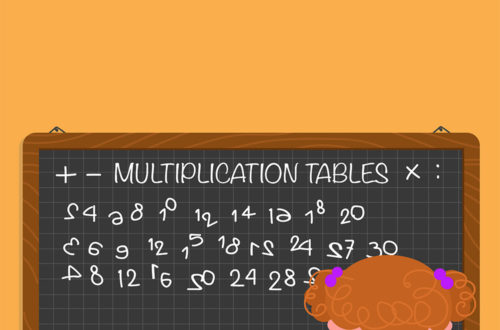Journal of the Mathematics Council of the Alberta Teachers’ Association
Volume 41 Issue 1, February 2004
28 – 30
Teaching the Mean Meaningfully
John C. Uccellini
Ask a group of middle school students what the average (mean) of two, eight, four, six, three and seven is, and they will probably give the answer five. Ask these same students what the number five represents in relationship to the six numbers given and the response usually heard is an explanation of the algorithm. “Add them up and divide by the number of them that you have.” The response is no different if the problem is given in a real-life context. For example, the foregoing six numbers could represent the number of pencils that six students have in their desks. In either situation, the almost-universal response of students when questioned about the meaning of five from the “add and divide” algorithm demonstrates that students have not gained a conceptual understanding of this basic statistic. This same phenomenon exists throughout mathematics and is demonstrated whenever students try to explain subtraction by describing the vertical algorithm or the Pythagorean theorem by stating that c^2 = a^2 + b^2. Through the use of simple manipulative activities and graphing, however, middle school students can be taught the mean meaningfully.



